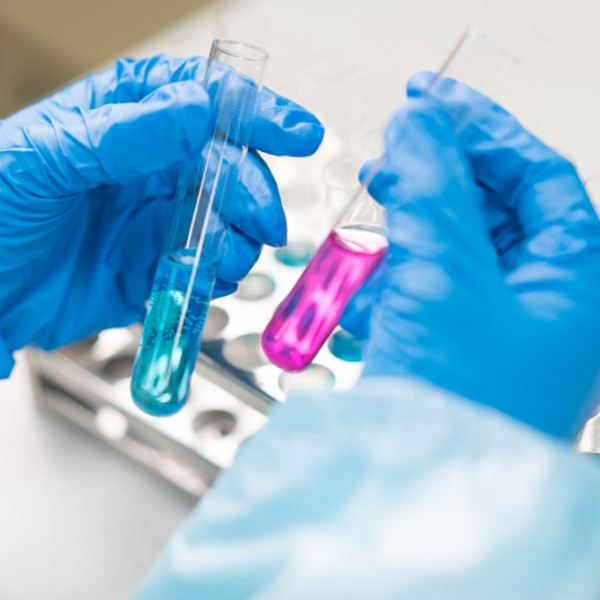Diagnostic reagents refer to diagnostic reagents prepared by the principles or methods of immunology, microbiology, molecular biology, etc., and used in vitro for the diagnosis, detection and epidemiological investigation of human diseases. Diagnosis reagents are divided into general use, and can be divided into two categories: in vivo diagnostic reagents and in vitro diagnostic reagents.
Application in clinical medicine: In vitro diagnostic reagents in diagnostic reagents refer to the detection of tissues and secretions taken from human blood outside the human body. Diagnostic reagents are consumables and are related to the number of tests, accounting for approximately in vitro diagnostics. 70% of output value. In modern medical practice, in vitro diagnosis is a basic part of the medical process, accounting for only about 1% of the total global medical expenses, but currently two-thirds of the global medical decisions are based on diagnostic information, so in vitro diagnosis is also known as “Doctor’s Eye”. With the advancement of people’s medical level and technology, in vitro diagnosis also plays an important role in human health assessment, disease prevention, post-treatment judgment, personalized medication guidance, and genetic prediction.
In the new crown epidemic that broke out in 2020, nucleic acid testing has become the most commonly used method of epidemic prevention and control, and the amount of detection is large, so nucleic acid diagnostic reagents are widely used in this new crown epidemic. First of all, the new coronavirus is an RNA virus, that is, genetic information is stored in the number and sequence of different bases in RNA. The RNA sequence of each virus is different, and the RNA sequence of the same virus is roughly the same. This is the basis of detection. Nucleic acid diagnostic reagents use the theory and technology of molecular biology to directly detect the existence or defect of nucleic acid. A method to analyze the function of nucleic acid at the level of nucleic acid structure, replication, transcription, or translation, so as to diagnose human conditions and diseases. Its target molecule is DNA or RNA, reflecting the structure and function of nucleic acid. There are two types of genes detected: endogenous and exogenous. The former is used to diagnose whether the gene is diseased, and the latter is used to diagnose the presence or absence of pathogen infection. At the same time, the immunodiagnostic kit in the diagnostic reagents can also quickly screen for asymptomatic virus carriers, and can be used for distributed screening in large-traffic public places such as airports, stations, and docks, providing comprehensive prevention and control of the epidemic and thorough investigations. Technical Support.
In addition, diagnostic reagents can also detect genes. Diagnostic reagents use blood, other body fluids or cells to detect DNA. They take peripheral venous blood or other tissue cells from the subject, amplify their genetic information, and analyze the genes it contains. A method for the type and gene defect and whether its expression function is normal. Genetic testing can diagnose diseases, and can also be used to predict disease risks, such as detecting sports genes and myopia risk genes. At the same time, parents often go to the hospital to use this diagnostic kit for genetic testing to measure height.
Hot Diagnostic Series——
| 3-(2′-Spiroadamantane)-4-methoxy-4-(3”-phosphoryloxy)phenyl-1,2-dioxetane | 122341-56-4 |
| ABTS | 30931-67-0 |
| APS-5 | 193884-53-6 |
| 3,3′,5,5′-TETRAMETHYLBENZIDINE DIHYDROCHLORIDE HYDRATE, 98+% | 207738-08-7 |
| Tetramethylbenzidine | 54827-17-7 |
Post time: Feb-01-2021
